Last week Upcoming Pixar was invited to a Finding Dory press junket in Beverly Hills. There we got to see the fantastic cast of the film discuss their experiences while working on the project. The room was buzzing with excitement as the cast walked on stage. After watching a screening the night before at the Walt Disney Studios, we were excited to have a few hours set aside to hear about the making of the film and find out more about the new worlds depicted. It was certainly thrilling to get an opportunity to be in the same room as some of the talented folks apart of this film, ask them questions, and hear first hand about their time channelling their characters. The cast in attendance consisted of Albert Brooks, Hayden Rolence, Eugene Levy, Kaitlin Olson, Ty Burrell, Ed O’Neill, and of course, Ellen DeGeneres.
Every cast member on stage contributed something wonderful and added to the story of Dory trying to find her parents. The junket was structured in a way where the audience members were able to ask questions to anyone on stage, which opened up some insightful inquiries. The cast was also very playful during the questions and were quick to bounce back for any comedic opportunities.
Some of our favorite moments:
- Ed O’Neill offered some light on his beloved new character Hank, the octopus. One of his major character quirks in Finding Dory was that he’s missing a tentacle and he’s desperately trying to find a way out of the aquarium. He refuses to go back in the ocean and O’Neill offered that reason is because “he had a bad experience in the ocean. We’re guessing that something bit off one of his tentacles.”
- When asked how the cast prepared for their roles, Ty Burrell mentioned how he had created a distinct voice that he thought would match the character perfectly. He wanted to channel the character like “a whale with a cold” since Bailey looked rather congested. After pitching the idea and voicing a few lines, Andrew Stanton politely insisted on Burrell doing “the whole film in his voice” rather than the fun little voice he had created. Albert Brooks pitched in that he kept his co-star Hayden Rolence, who voiced Nemo, “in a small tank for six months” as inspiration.
- Ellen discussed that if she were to have any trait from Dory, she’d want to have all of them. “I try to have as many traits as she has: optimism, perseverance, non-judgement, not having any resentment, or holding on to anger, not feeling like a victim; I think that’s why she’s such a lovable character because she really thinks everything is possible. She never for a second thinks that anything is wrong with anybody else or herself. She just keeps swimming.”
- Albert Brooks’ new philosophy to life was revealed, after he was asked if he solves problems more analytically like Marlin or spontaneously like Dory: “Thank God my memory is great. As you get older, you do forget little things. I’ve come up now with a new philosophy of life: if something is bothering me, I ask myself to check back in 30 minutes. If it’s still bothering me, I deal with it; but a lot of it I don’t remember.”
- Eugene Levy’s secret to being a great movie dad is “acting.”
- Destiny and Bailey’s relationship in Finding Dory is more focused on them being like siblings rather than best friends or a married couple. “They’re really very close, but they annoy the heck out of each other. I feel there’s a theme in this film where Destiny can’t see very well, Bailey’s radar is all messed up, and Dory can’t remember but somehow friendship can make you complete. Their relationship in the institute was sort of about that, them trying to take care of each other. It’s creating your own kind of family.”
- And finally, we even got to ask Ellen a question! “You’ve helped shape Dory’s personality from the very beginning in Finding Nemo, did you have a particular connection with Dory’s desire for belonging and finding her family?” And Ellen’s response: “Well I think everybody is searching for their home, whatever that is, I think home is different for everybody. I understand what a sense of belonging is, I understand when you want to say ‘why am I who I am?’, ‘where did I come from’, and ‘how did I end up where I am?’ Yeah, I can relate to that. I think everybody can.”
In a previous conference that same day, director Andrew Stanton and producer Lindsey Collins shared some fabulous insight on how they were able to successfully revisit the world of Finding Nemo and also some of the obstacles they faced in production.
Some of our favorite moments:
- It was in 2011, when Andrew Stanton was watching the 3D release of Finding Nemo, that he left “very worried about Dory and couldn’t stop thinking about how she needed closure”, thus sparking the idea to delve into a sequel. Andrew and Lindsay Collins kept that idea to themselves for a while, until they were 100% sure they wanted to re-visit the world and Dory, and perfect the story. “Once you say ‘Finding Anything’ they’re going to want to make it.”
- Andrew Stanton’s song choices (Beyond The Sea and Unforgettable) in both Finding Nemo and Finding Dory were thematic. It was Robbie Williams singing a version of Beyond The Sea that inspired him to go the route of choosing a classic song but with a twist for the end of his films.
- Andrew’s new favorite character is Hank because he’s spent the most time with him, in terms of working with O’Neill during the records and dealing with all the technicalities with the character in production. Lindsay Collins loves Bailey and Destiny.
- A normal character in a Pixar film takes six months, but it took two years to make Hank. “It took six months just to animate the first shot with him. We would still be making the movie right now had we not learned how to do that a little faster.”
- Stanton’s goal for Dory was to be universal with Dory’s disability, “I was using her disability to represent everybody. It works for anybody, because nobody is perfect. Everybody has a flaw that they maybe mislabel as such. It’s a reflection of my age. I’ve reached middle-age and you start to recognize that I’m not really going to change. I am who I am, and I got to own that. I’ve got to learn to start enjoying that fact; the good and the bad.”
- The environment in both films have different meanings. In Finding Nemo, the vast ocean that Marlin and Dory traveled through was more like a desert. In the sequel, Andrew decided to have it set near the aquarium because he wanted more of a forest setting he couldn’t explore in the first film. “It’s more like a forest, a fairy tale. In fairy tales things are hidden, secrets are hidden there, and things are discovered in the forest.”
It’s always inspiring listening to the filmmakers and cast talk firsthand about how they were able to collaborate and create such a fantastic film. Many thanks to the cast and crew for their time during the junket, and Disney/Pixar for letting us have the opportunity to be there.
It’s highly recommended that you check out Finding Dory, which is finally released in cinemas today. We hope you’re as excited as we were to check out the film. And always remember… just keep swimming!

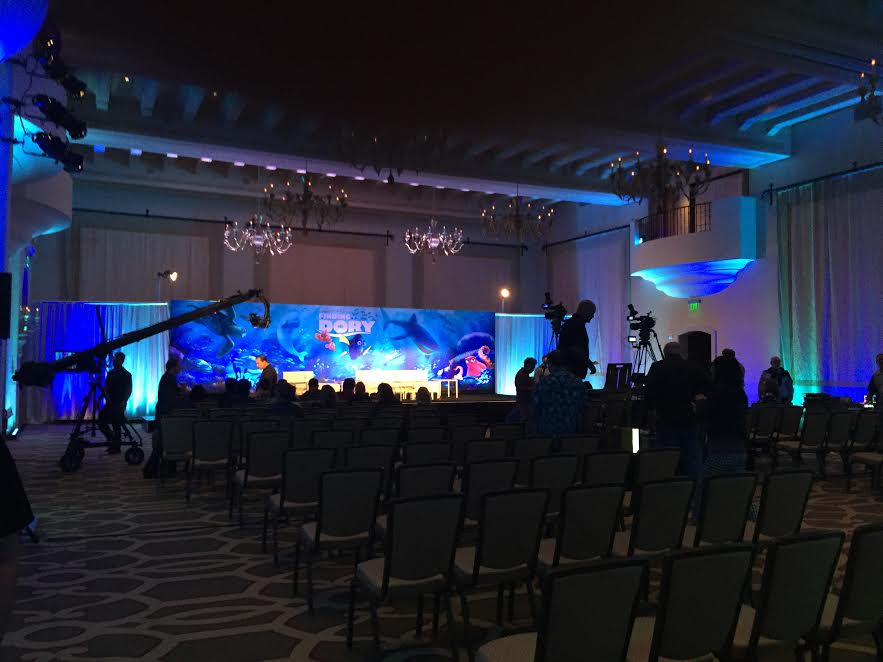




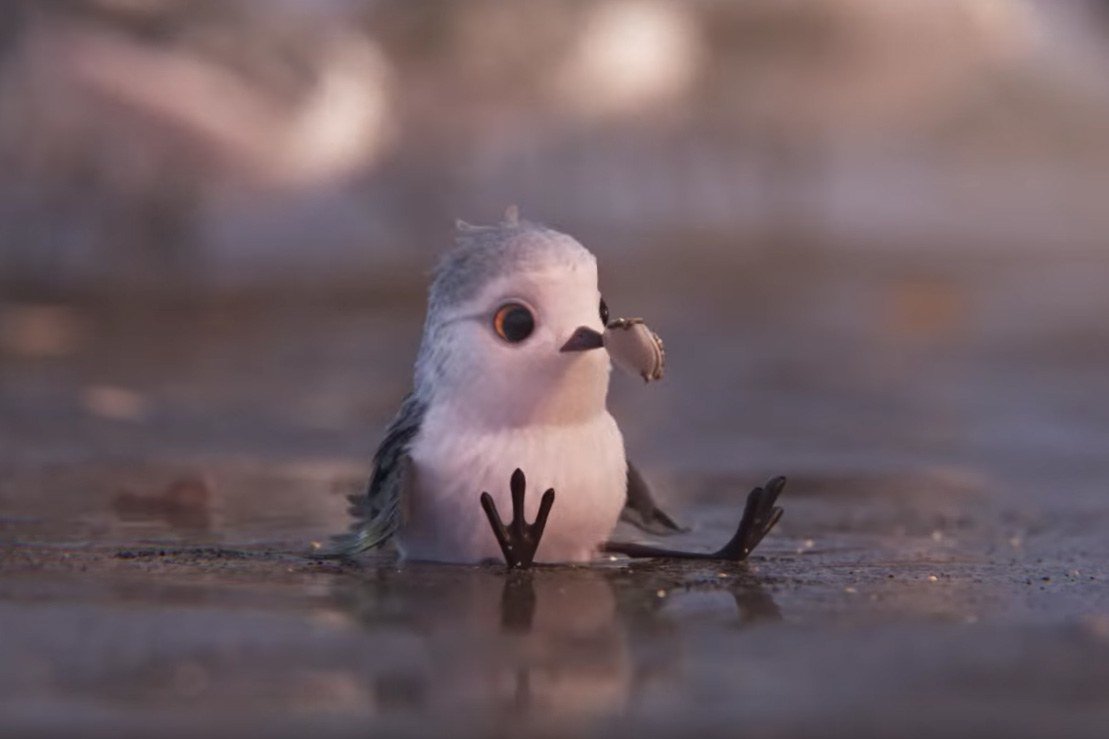
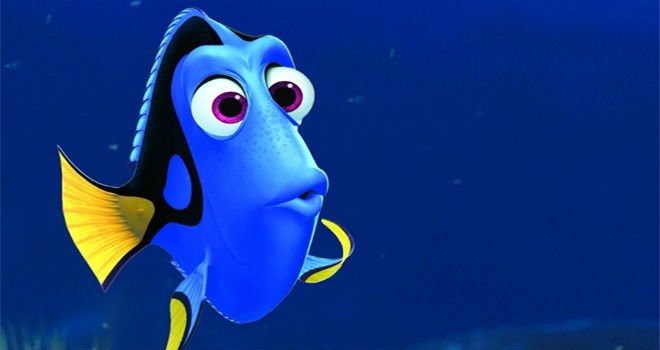
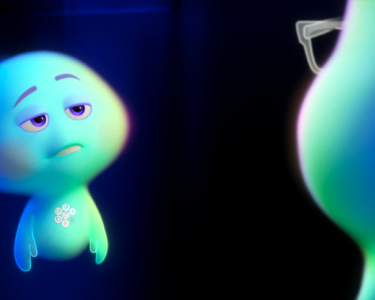

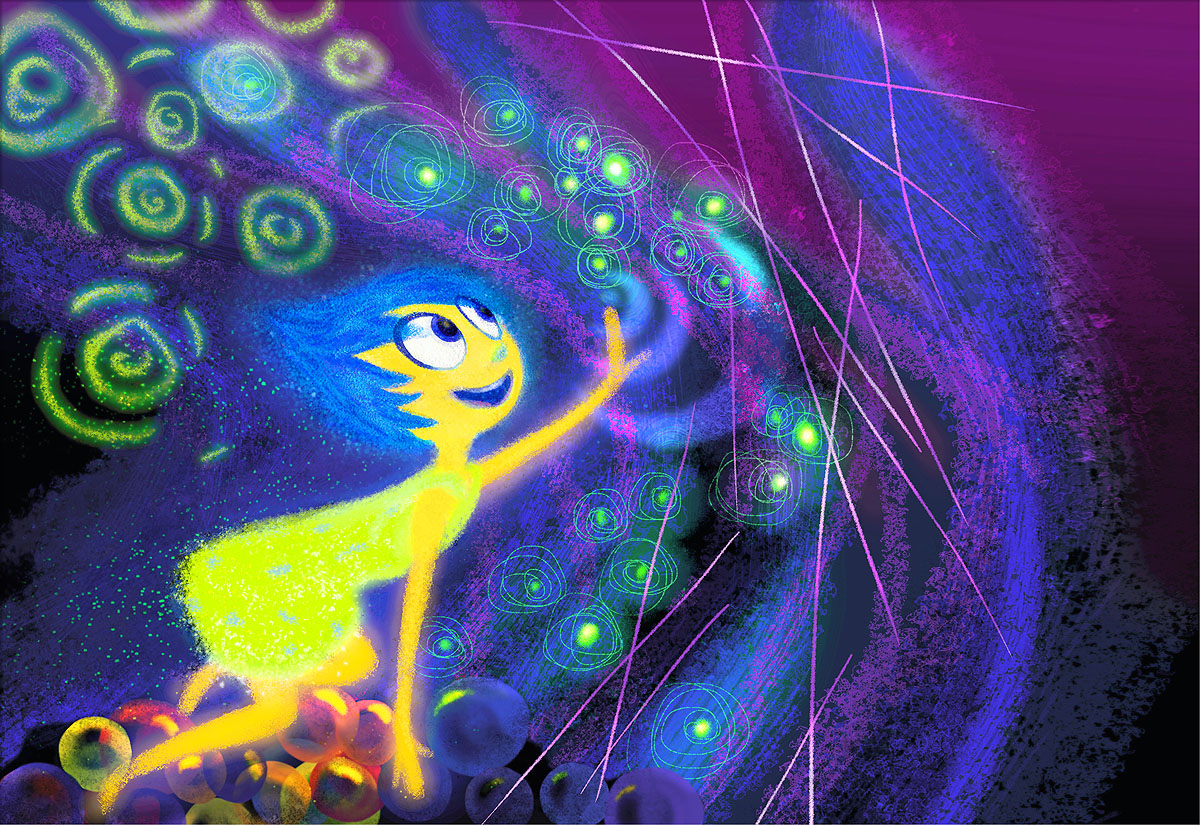
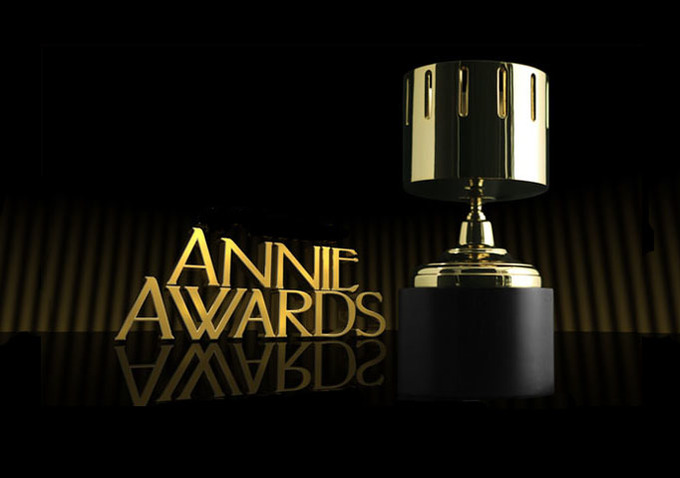
[…] * PixarPlanet (6/17/16): Finding Dory Press Junket Exclusive […]